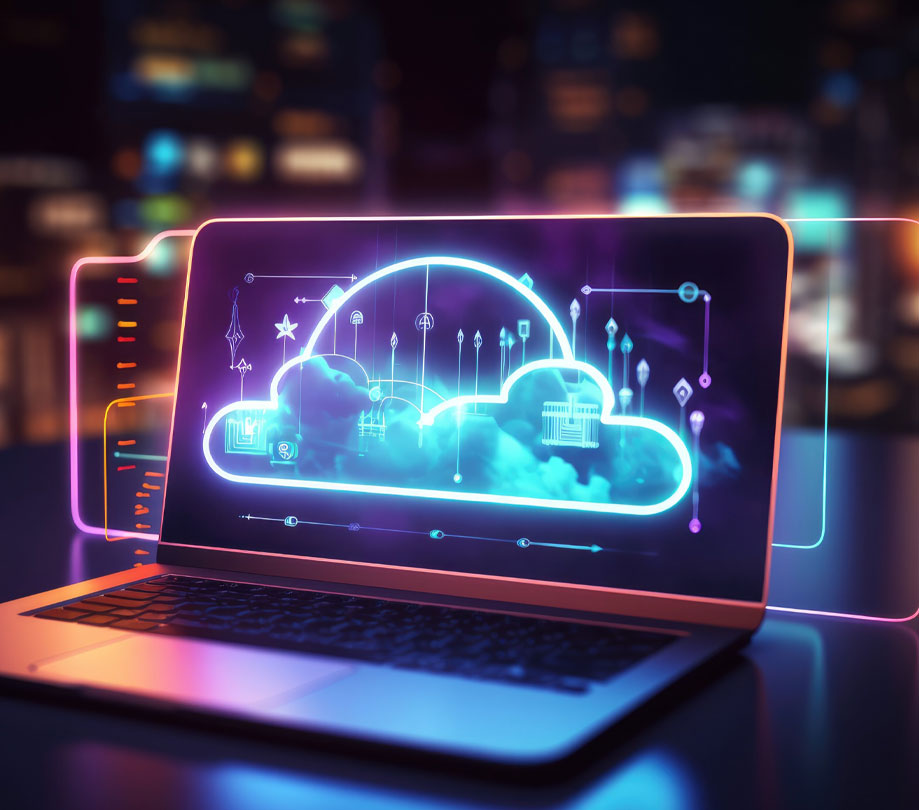Cloud native market predictions from Lightbend
Thursday, December 21, 2023

|
Richard Harris |
Jonas Boner shares his cloud native market predictions, starting with the lines between cloud computing and edge computing blurring, the increasing use of event-driven microservices in cloud-native applications, infrastructures that will supercharge GenAI in 2024, and tons more.
The time has again come to speculate on what we can expect regarding technology trends for 2024. While this exercise is repeated across the technology industry, I enjoy and find this a valuable yearly exercise, as it encourages us to look back on our predictions from the previous year, potentially course correct as needed, examine evolving trends and others we think will bubble up in the months ahead.
In many ways, 2023 was a nuanced continuation of several trends we saw in 2022. Economic uncertainty regarding technology spending has been exacerbated by recent events, for good or otherwise. These factors will impact strategies for building new solutions in the coming year. Before I reveal how accurately market trends followed my predictions from last year, let’s first look towards the future with what I believe to be the major themes of the cloud-native industry in 2024.
The lines between Cloud Computing and Edge Computing will continue to blur
2023 saw the mainstreaming of Edge Computing. It’s clear the Edge is here to stay and will only grow further in 2024. In particular, services will be increasingly pushed closer to the data by applications to reduce latency and improve Edge application performance. As importantly, these applications will serve as a bridge between Edge and Cloud environments, putting relevant data where needed, when needed, and only for the required time.
As a result, I predict we will see more and more instances where the same applications will be deployed in both environments, enabling each of these architectures to adopt one another’s best attributes. This will make developers’ lives much easier, as they won’t have to write separate applications for different environments - which can help break down silos between development teams in the organization - and I believe this will result in significant growth for both environments. This expansion is something we’re already seeing across both domains. For edge cloud services, CAGRs are even higher. Allied Market Research has projected a 33% CAGR for edge cloud services from 2020 to 2025.
Lightbend has already taken steps to address this blended architecture with our latest version of Akka (named Akka Edge), which enables developers to write an application once and deploy it in either, or both, a cloud or edge environment, effectively stretching out the application to cover all layers in the full spectrum of cloud to edge systems using a single programming model and runtime. While we are the first to do so, this will likely become a common architectural shift that will accelerate in 2024.

Application infrastructure complexity will continue to scale exponentially
Unsurprisingly, I view application infrastructure complexity as the most significant obstacle for organizations building cloud-native applications. The diversity and volume of individual components and the operational challenge of integrating components into a cohesive system puts an incredible burden on development teams already under significant pressure to deliver mission-critical applications quickly.
Infrastructure complexity increased this year, and this trend will continue throughout 2024 and likely well beyond. The operational burden created will, in turn, drive deep interest in solutions that abstract the complexity of the myriad of cloud components in cloud native deployments and enable developers to focus on building value for the business rather than managing its "plumbing."
There is a growing trend toward building high-abstraction software systems to automate many back-end functions in cloud-native solutions. These systems offer a powerful allure for improving the developer experience, promising to simplify complex processes, increase productivity, and enhance maintainability. This provides the perfect segué for my next prediction…

The increasing abstraction of application infrastructure will help to supercharge the use of GenAI in software development
No list of predictions for this year would be complete without mention of AI. And for good reason. Applications like Github Copilot, ChatGPT, and countless others are now handling the grunt work of software development and saving teams weeks or months' worth of development hours.
I predict that the dual trends of infrastructure abstraction and GenAI will augment one another to supercharge the development and innovation of cloud-native applications. Tools that remove back-end complexity and offer a higher level programming model and developer experience (our own Kalix Platform-as-a-Service included) lend themselves to GenAI applications in particular. GenAI can help with design, domain modeling, writing code, diagnosing problems, tracking bugs, and optimizing efficiency. Soon, we will see all these (and more) unified into a DX of "prompt-driven programming." This will result in a dramatic increase in productivity, as most significant time-consuming processes are eliminated, enabling developers to focus purely on application business logic.
2024 will see increasing use of event-driven microservices in cloud-native applications
Microservices offer a well-understood and promising means to deal with the demands of delivering fast, reliable, and scalable solutions. We are seeing the rise of a new programming model explicitly designed to leverage this technology, one that is a powerful augmentation to the microservices approach and drives even more agility and time-to-value for developers: an event-driven programming model leveraging event-driven microservices.
Event-driven architectures offer several advantages over traditional microservice and monolithic architectures, particularly in certain contexts. For example, event-driven systems excel in environments where asynchronous processing is crucial. They can handle high throughput and are well-suited for systems where events occur at unpredictable intervals. These systems can also be more scalable than traditional architectures since decoupling services allow for independent scaling of different components based on demand.
Event-driven architectures are inherently flexible, allowing for easy integration of new services and reacting dynamically to changing conditions. They can be more resilient due to their distributed nature. Perhaps most importantly, they are well-suited for real-time data processing and streaming applications, as they can efficiently process events as they occur.
I should note that event-driven architectures aren't universally "better" than microservices or monolithic architectures. Traditional architectures might be more appropriate for simpler applications or where synchronous processing is sufficient due to their simplicity and straightforwardness. That said, I am predicting a significant rise in demand for the types of applications that lends itself to an event-driven programming model.

Conclusion
New twists and turns in the coming year could impact my predictions. However, my 2023 predictions - increasing abstraction, increased investment in platform engineering, and the mainstreaming of edge computing - were all reliably accurate, even if a bit controversial. I’m feeling just as strongly about my 2024’s prophecies. Taken together, these trends should result in much more powerful and productive developer teams capable of creating business-critical applications in record time. But no matter how they turn out, I look forward to the cloud native market’s continued evolution.
About Jonas Boner
Jonas Boner is the CEO and co-founder of Lightbend and the creator of the Akka event-driven middleware project. Previously he was a core technical contributor at Terracotta, working on core JVM-level clustering technology, and at BEA, as part of the JRockit JVM team. Jonas has also actively contributed to open-source projects, including the AspectWerkz Aspect-Oriented Programming (AOP) framework and the Eclipse AspectJ project. He is an amateur Jazz musician, a passionate skier, and holds a Bachelor of Science from Mid Sweden University.

Become a subscriber of App Developer Magazine for just $5.99 a month and take advantage of all these perks.
MEMBERS GET ACCESS TO
- - Exclusive content from leaders in the industry
- - Q&A articles from industry leaders
- - Tips and tricks from the most successful developers weekly
- - Monthly issues, including all 90+ back-issues since 2012
- - Event discounts and early-bird signups
- - Gain insight from top achievers in the app store
- - Learn what tools to use, what SDK's to use, and more
Subscribe here

_r2f0ox12.jpg&width=800)










